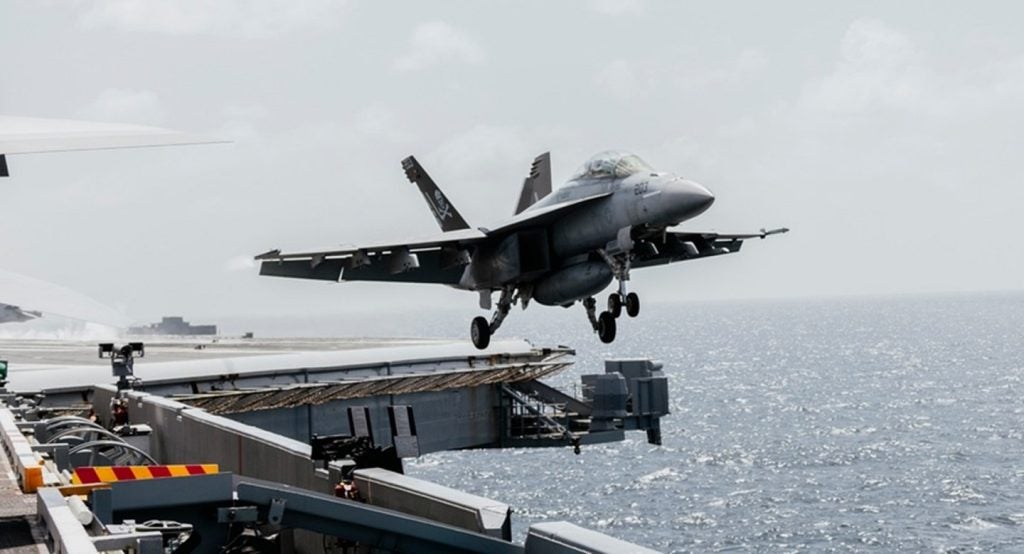Ball Aerospace has completed the critical design review (CDR) of the US Space Force’s next-generation Weather System Follow-on (WSF) satellite.
Developed for the US Space Force Space and Missile Systems Centre (SMC), the satellite is being designed to support military operations.
Once operational, it will provide critical environmental intelligence that can be used in all defence domains.
Following the completion of CDR, Ball Aerospace will now commence full production of the satellite.
Ball Aerospace National Defense vice-president and general manager Mark Healy said: “Measuring and understanding the physical environment is critical to military operations, from determining tropical cyclone intensity for asset protection and manoeuvre operations to how wind and sea state play into assured access and aircraft carrier operations.
“Ball is proud to be a mission partner with the Space Force, working closely and collaboratively to ensure the success of this program, which extends Ball’s legacy of providing precise measurements from space to enable more accurate atmospheric and ocean forecasting.”
How well do you really know your competitors?
Access the most comprehensive Company Profiles on the market, powered by GlobalData. Save hours of research. Gain competitive edge.

Thank you!
Your download email will arrive shortly
Not ready to buy yet? Download a free sample
We are confident about the unique quality of our Company Profiles. However, we want you to make the most beneficial decision for your business, so we offer a free sample that you can download by submitting the below form
By GlobalDataWSF is mainly designed to address three gaps associated with the US Department of Defense Space-Based Environmental Monitoring (SBEM).
The high-priority gaps are ocean surface vector winds, tropical cyclone intensity and the space weather gap, low Earth orbit (LEO) energetic charged particles.
Additionally, it will help minimise three more SBEM gaps, namely sea ice characterisation, soil moisture and snow depth.
Ball, who is the main contractor for the mission, will supply to SMC the instrument, spacecraft and system software, and the algorithms for data products.







